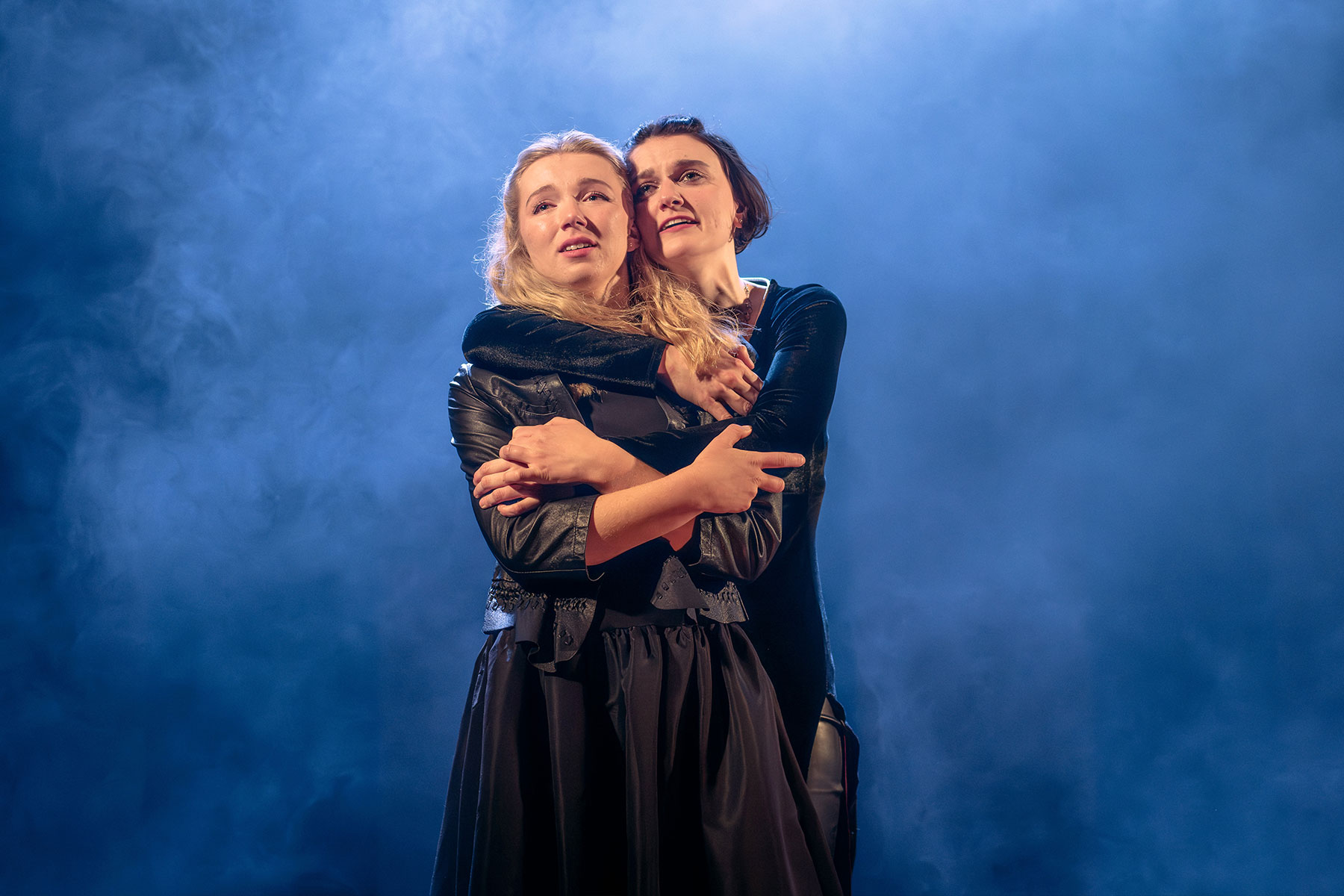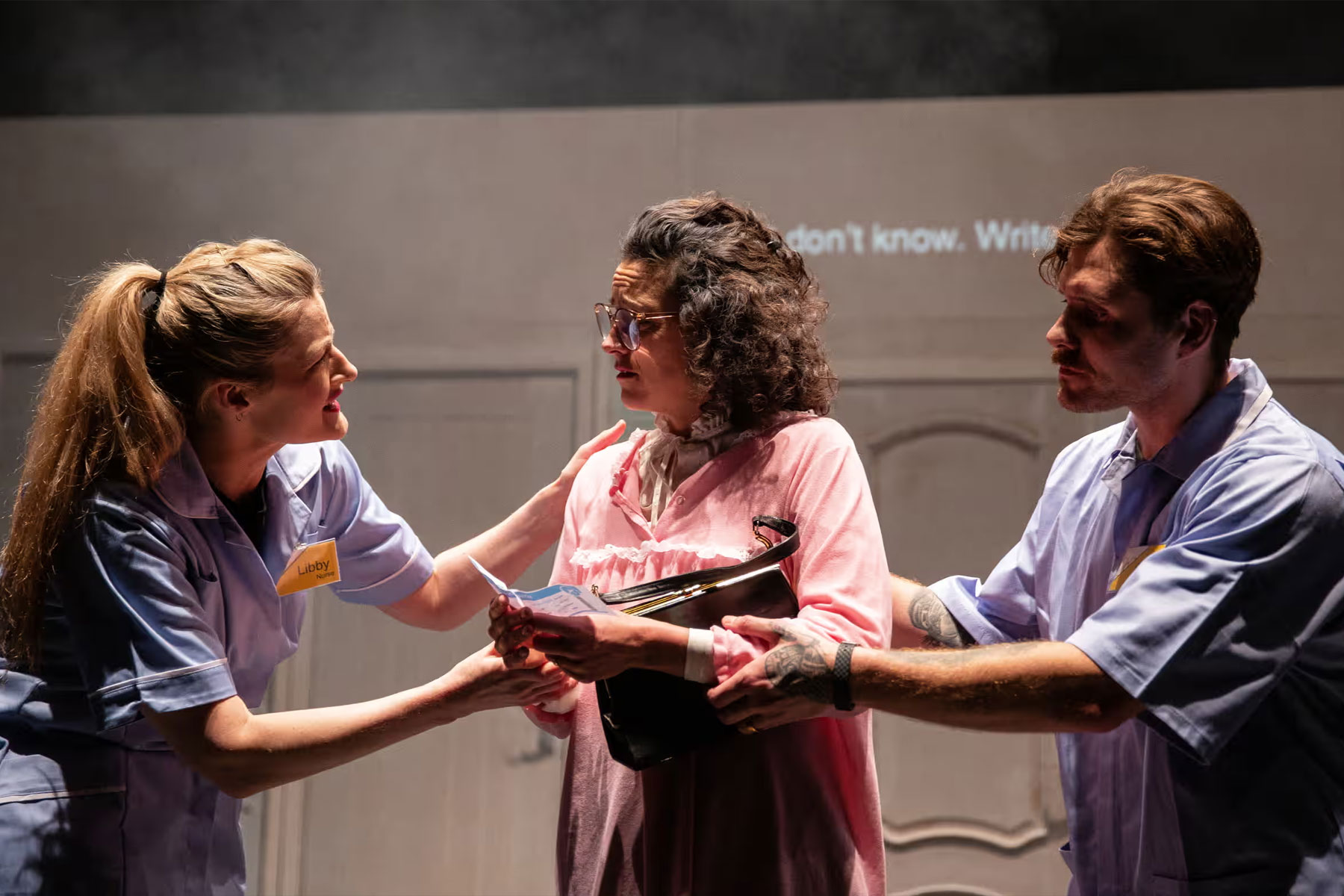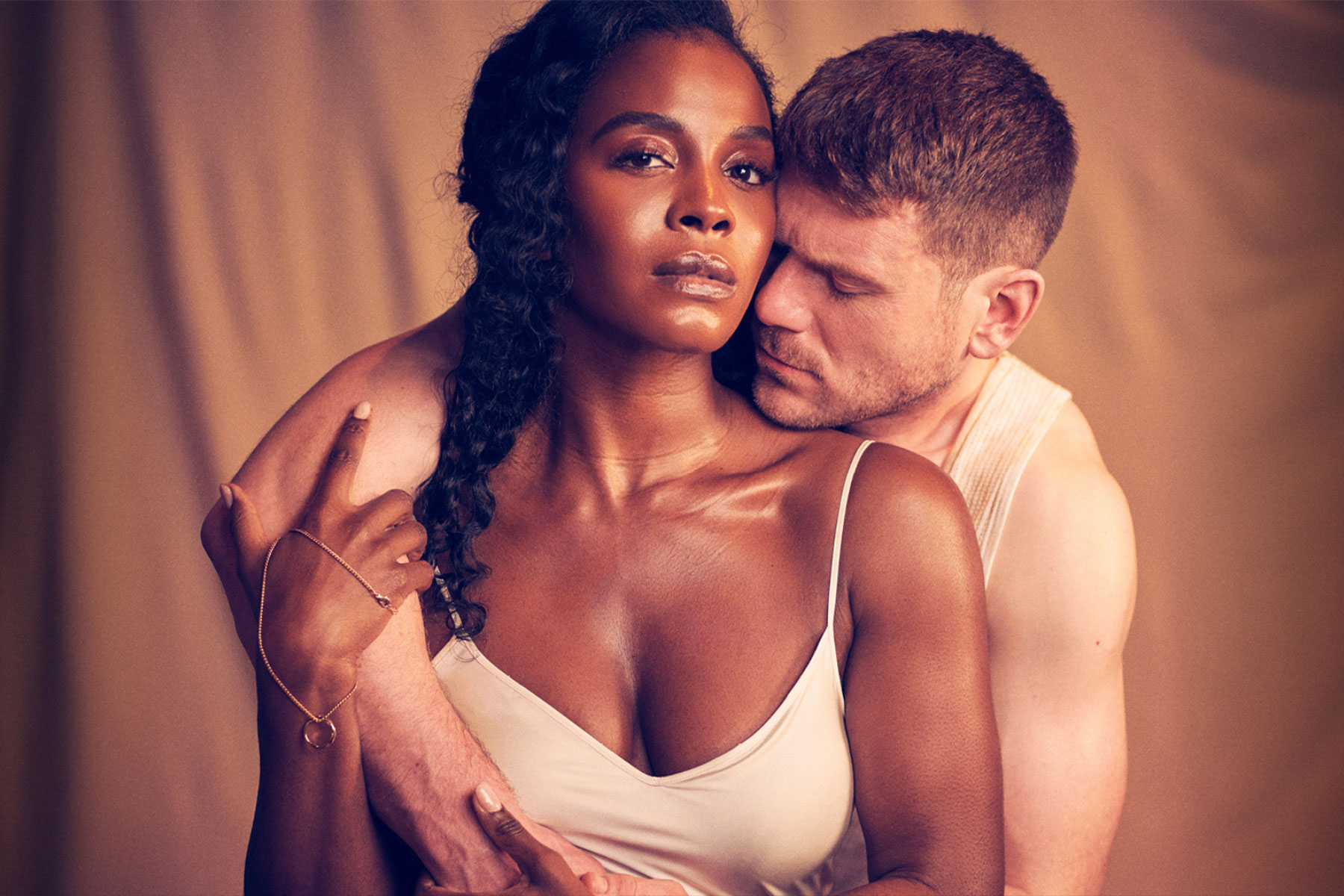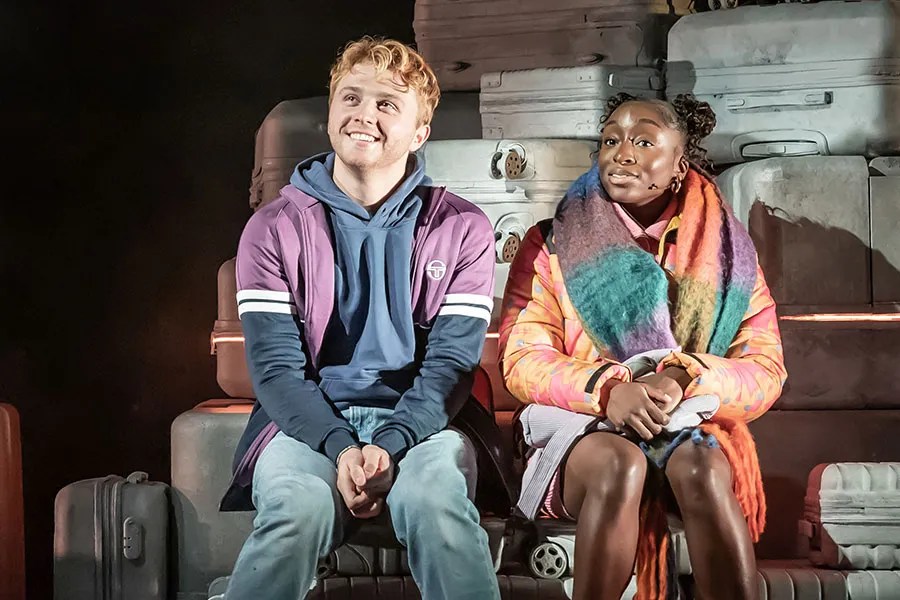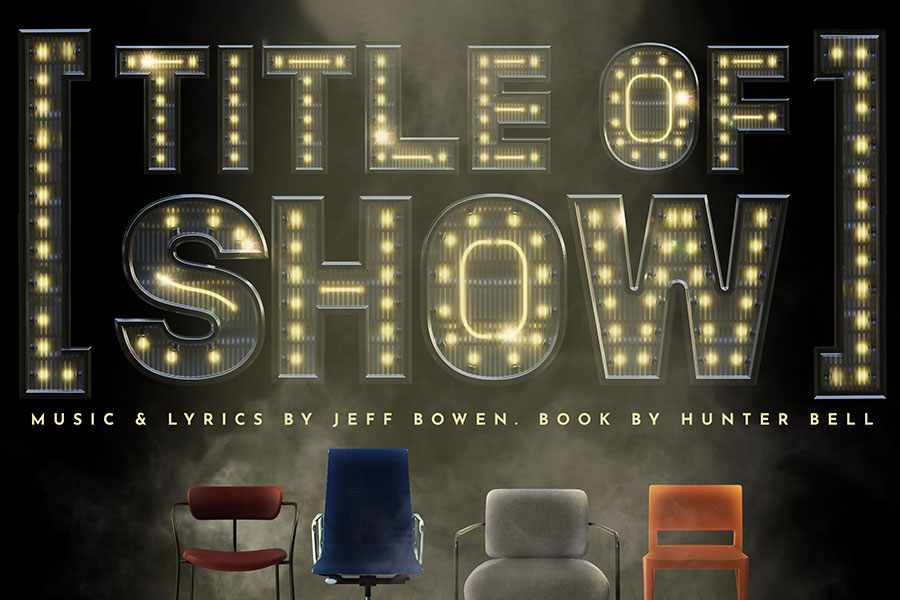Let's Talk About Sets: Michael Vale on Peter Pan

© Steve Tanner
I began working with the director Sally Cookson on a version of Peter Pan for Bristol Old Vic in 2013. We started to think first about what Neverland could be. From the beginning we were interested in the worlds children create with whatever is at hand when left alone to play on the streets. At the time there was also a movement in Bristol called Playing Out where streets were closed for children to ‘play out’ in them.
I also came across Martha Cooper’s book of photographs, Street Play, showing children in 70s New York playing on the streets and on derelict sites, completely free of adult supervision making ‘homes’ out of wooden crates, aping grown-ups. This all added to our desire to produce a Peter Pan free of the usual vision of Neverland as a fairy tale island and also worked with our wish to free the play of a lot of its (visual at least) Edwardian baggage.
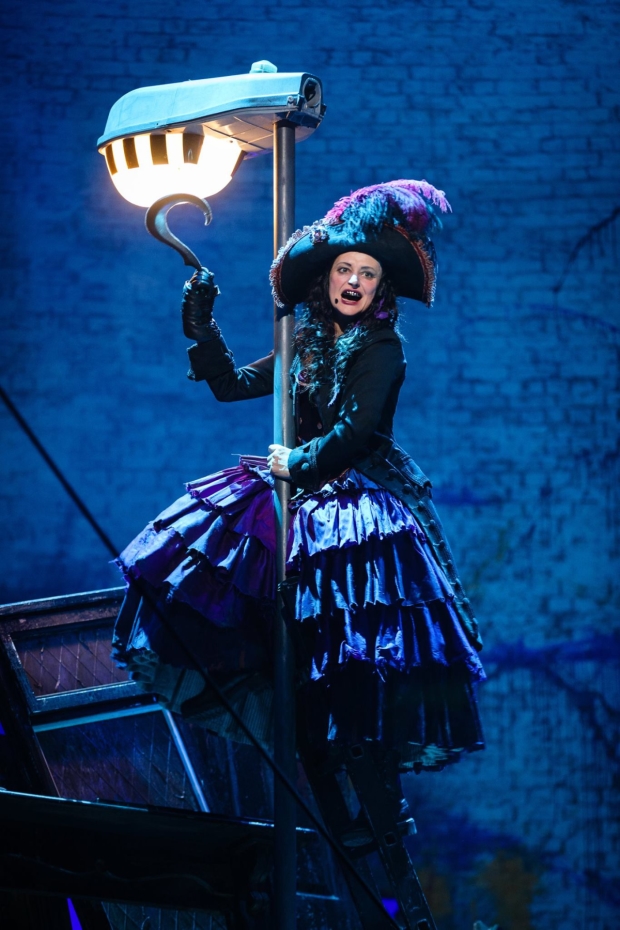
© Steve Tanner
After that it was a simple step to declare all of the flying, relying on simple exposed methods of counter weighting to lift people up off the ground and negating the idea of any magic or concealment, the flying wires themselves are referred to openly by Pan himself in the production as ‘fairy string’, essential (along with ‘wonderful thoughts’) if you really want to fly. We were also very happy with the playful, circus feel that these decisions naturally provided the production with.
In a continuing effort to strip the production back and avoid the cliche of the Edwardian nursery opening we focused on Peter Pan’s entrance more as a kind of invasion into the children’s comfortable world, expressed by his slitting open of the cloth which covers the full width and height of the stage. Later that same idea of invasion into another world is suggested again by the pirates as they break through the brick wall containing Neverland. Signs of their previous attempts (a result of other invasions in other adventures) can also be seen in the form of massive blown out areas of brick wall housing scaffolding platforms which penetrate into the main playing area and which conveniently house the band on stage (another thing that both Sally and I were adamant about in both venues).
When translating that design from the small Georgian Theatre that is the Bristol Old Vic into the epic, Greek-style amphitheatre of the Olivier both Sally and myself felt there was no need to revisit the basic original design decisions we made in 2013 but decided to take full advantage of the scale and technical support which that stage and auditorium offer and grew these ideas to suit.
The key thing for us was not to clutter the central playing area but to respect the epic nature of the stage and rely very much on the movement of the actors and their skill in telling the story. In this respect the set pieces work as interesting and appropriate backdrops in a basic setting rather than imposing structures or attempts to transport the audience to diverse locations.
By Michael Vale
Peter Pan runs at the National Theatre until 4 February.





